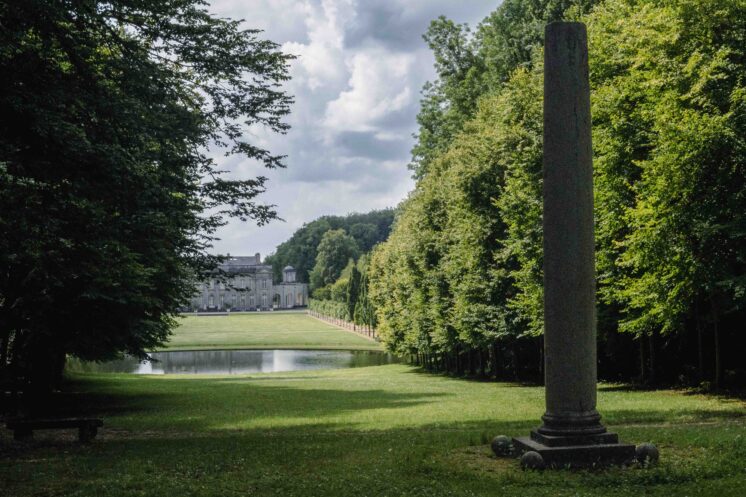
The city center of Groningen, The Netherlands, not to be confused with Groningen Township, 70 miles south of Duluth (Photo by Matthew James)
There’s a lot of Minnesota history to be found in the names on a map. Some places, like Iron Junction, reflect the industry that created the town. Many names come from Anishinaabemowin, like Mahnomen, derived from manoomin, meaning wild rice. And some city names both reflect their primary industry and come from Anishinaabemowin, like Biwabik, which comes from the Ojibwe word for iron. This Geoguessr challenge looks specifically at places in Minnesota that took their names from locations from around the world.























